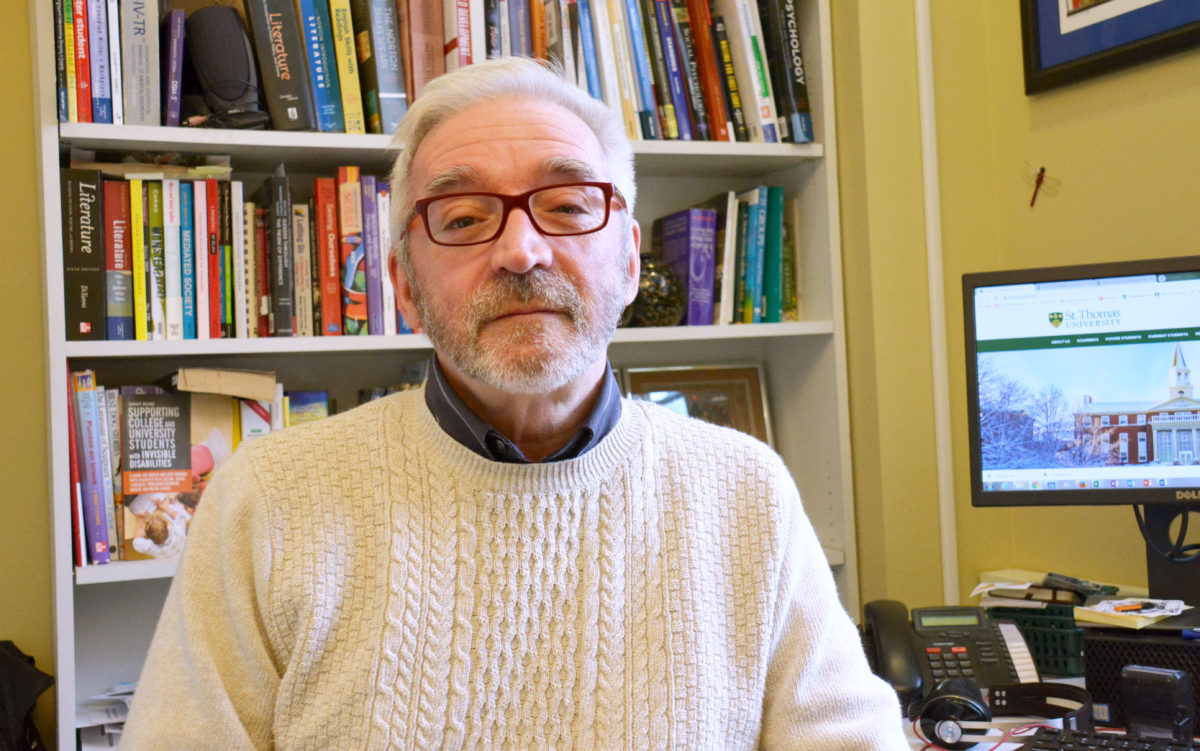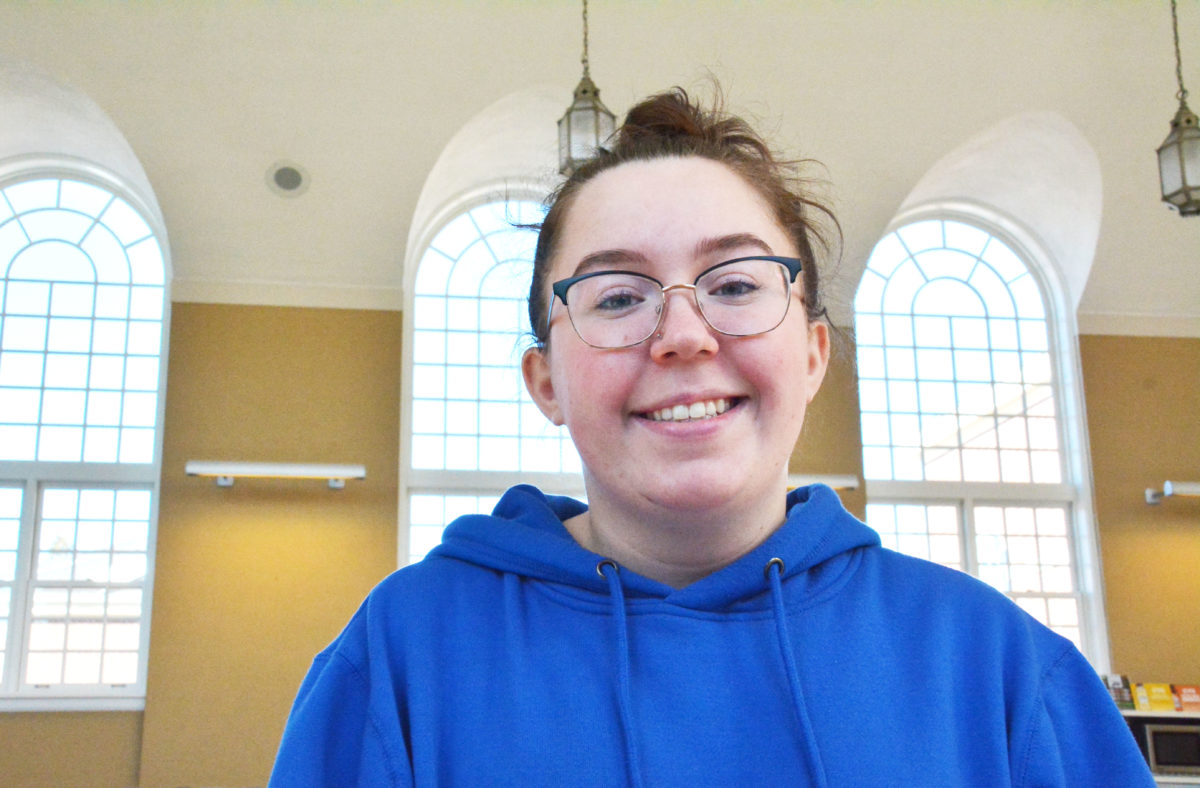Mackenzie Acheson was hanging out in her friend’s dorm in Vanier Hall when her body seized. Her neck spasmed and she couldn’t to lift her head. Acheson was crying. Her muscles were sore and stiff and it hurt to breathe.
The campus police drove Acheson to the hospital where doctors gave her a one-time prescription for naproxen – a muscle relaxer – and did bloodwork. Then they did something no other doctor had: they referred Acheson to a rheumatologist.
“I remember crying because it was the first time anybody had listened,” the first-year St. Thomas University student said. “All of my doctors have never sent me anywhere … they told me, right there in the exam room, that I was fine.”
Acheson, who is from Dartmouth, Nova Scotia, went to the Izaak Walton Killam Health Care Centre in Halifax for regular checkups because of a heart surgery she had as a baby. Her chronic pain began when she was four, causing swollen knees and leg spasms. Her mother took photos to show the doctors, but they brushed it off as growing pains.
No matter how hard Acheson tried to tell her doctors there was something wrong, they wouldn’t listen. They looked for signs of arthritis but couldn’t find any and said she was fine. It wasn’t until late January 2019 that Acheson was diagnosed by the rheumatologist.
She had fibromyalgia – a chronic pain and fatigue disorder.
Acheson cried when she found out, relieved she had an answer after 14 years.
“I was like ‘Wow, someone can actually tell what’s wrong with me,’” she said. “I’m not going crazy. It’s not all in my head.”

Thalia Ackroyd, a fourth-year student, had a similar experience with fibromyalgia. She was diagnosed around 15-years-old after her doctors at the IWK ruled out lupus and arthritis, as well as a list of other possible diagnoses.
Ackroyd said a lot of doctors didn’t believe in fibromyalgia. It was just a label they gave patients when they ran out of options. She thinks there should be better education and discussion around the disorder.
“A lot of people didn’t believe I was sick because it was something they couldn’t see,” Ackroyd said. “When people don’t talk about it, there’s a stigma. Not just for people who don’t have it, but against ourselves.”

Ackroyd said there were times where she would be upset with herself because she couldn’t do what other people could. Sometimes, she would skip class to go home and nap for an hour because of her exhaustion. When she cancels plans, she has to explain it’s not because she doesn’t want to hang out, but because her fibromyalgia won’t let her move.
According to Rick Sharpe, the coordinator for student accessibility at STU, about 99 per cent of students who come to them have an invisible illness. He believes it’s important for the university to accommodate these students, such as giving them a professional notetaker, because their disabilities shouldn’t define them.
“In some ways, everybody has a disability or some disadvantage. How you learn to work with that, and still be as successful as you can be, is important,” Sharpe said.
“Your potential is your own doing.”

